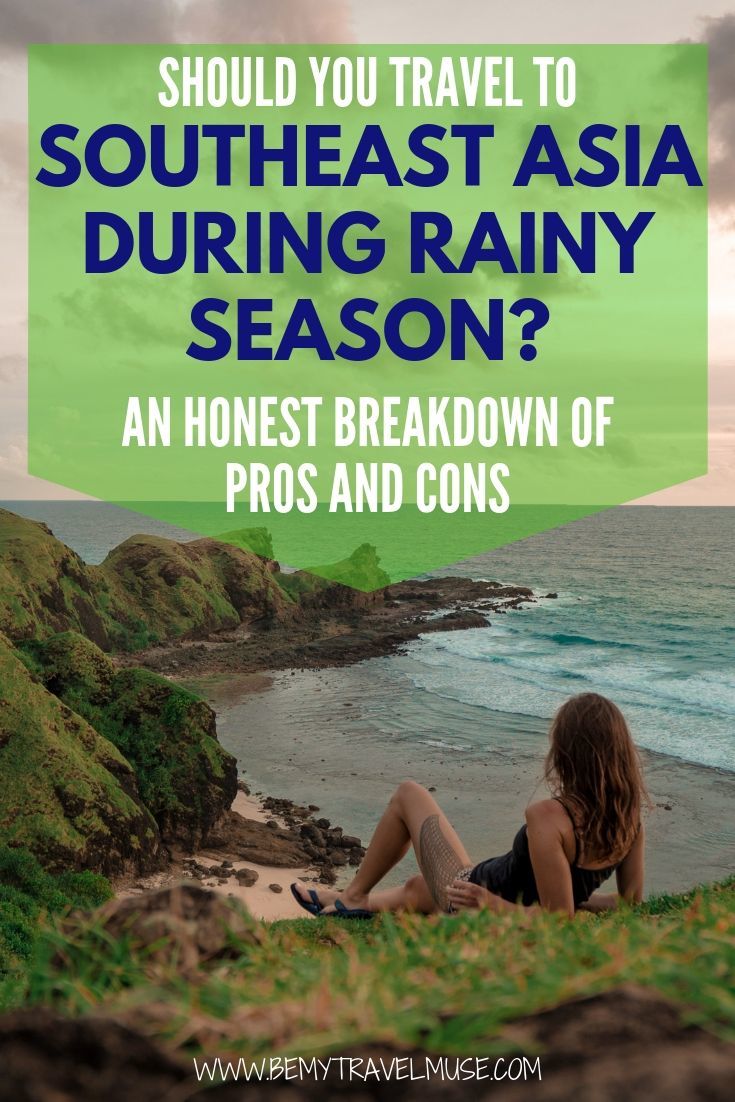
I know the drill. You’ve been dreaming of beautiful beaches, are seeing tropical bliss all over your Instagram feed, and have all but committed to traveling in Southeast Asia. There’s just one big problem: The dates you picked are right in the middle of rainy season.
Should you cancel? Does rainy season equate to terrible conditions everywhere? How rainy is it, really? I get asked this question often since I have spent several cumulative years traveling in the region, both during the dry and rainy seasons.
I love Southeast Asia no matter what the season, and want to share a few pros and cons about traveling there during the rainy season to help you make your choice:
Pros of Traveling in Southeast Asia during Rainy Season:
1. It’s Greener and More Lush
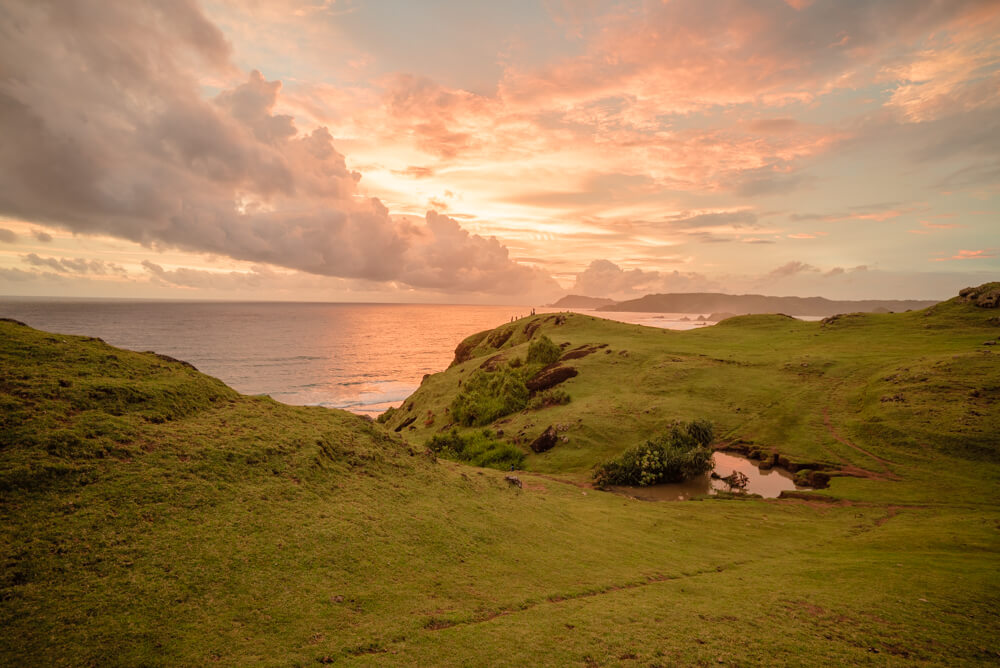
The best thing about traveling in Southeast Asia during rainy season is how lush and green everything is! I notice that particularly in parts of Indonesia and the Philippines, everything turns brown during the dry season. One of my favorite islands in particular, Lombok, looks almost unrecognizable between seasons – and I prefer it when it’s greener!
If you want a tropical jungle vibe with rich greens and beautiful flowers, the rainy season is the time to go! Otherwise, you risk seeing it all brown, especially if you’re there at the end of the dry season when it’s at its peak dryness.
2. It’s Cheaper and Less Crowded
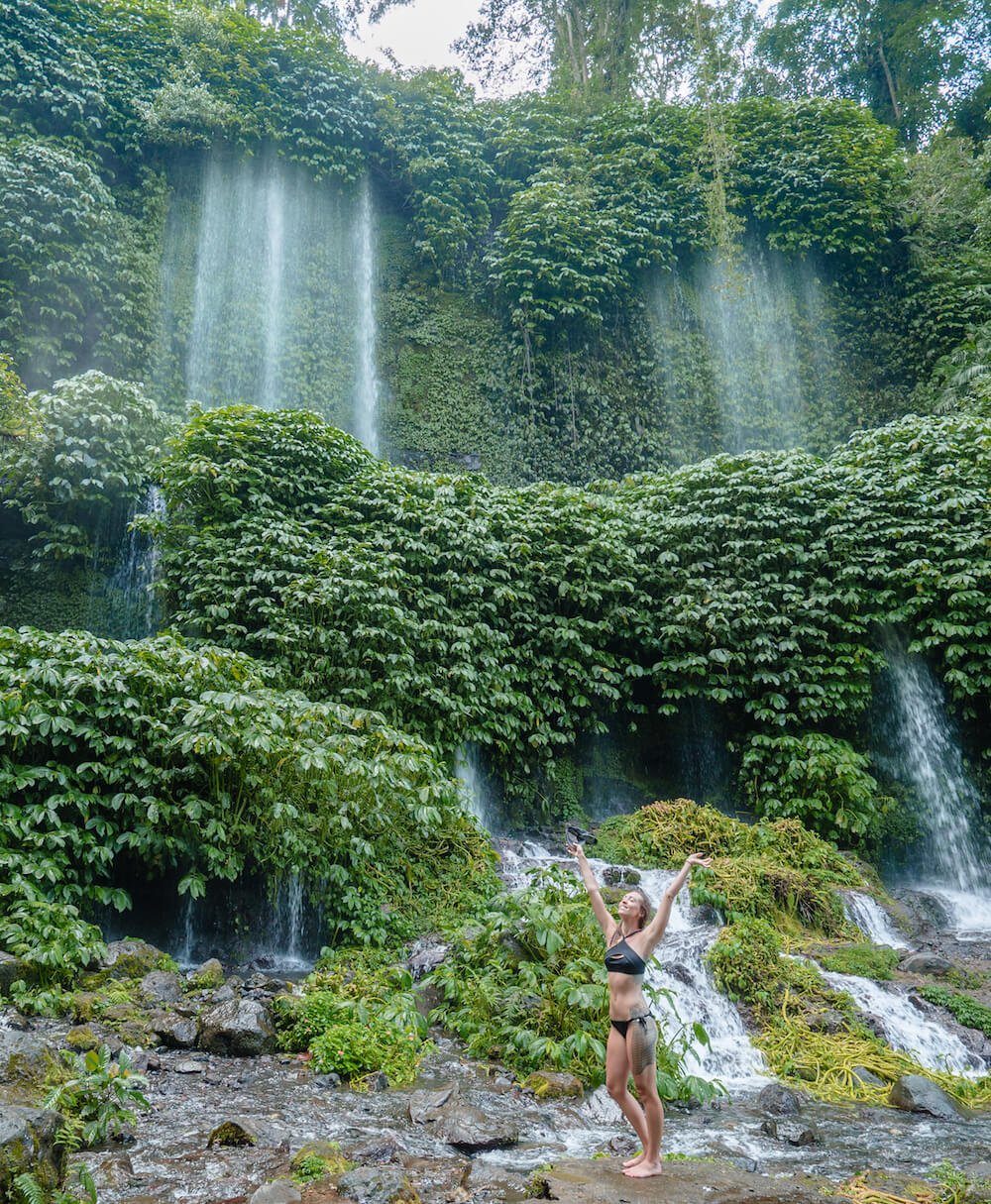
Do you tend to like things to be spontaneous? Do you prefer to have access to better hotels for less money? Traveling in Southeast Asia during the rainy season means better deals on hotels and more last minute options. While most places still have plenty of people to meet, especially if you’re traveling solo, things will be a lot less crowded. Wouldn’t it be nice to see the sunrise at Angkor Wat in the rainy season instead of the dry season if it meant a much smaller number of people? In the photo above, I visited one of the most famous waterfalls in Indonesia and was able to get it mostly to myself in the rainy season.
3. Some Things are Better When it’s Wetter
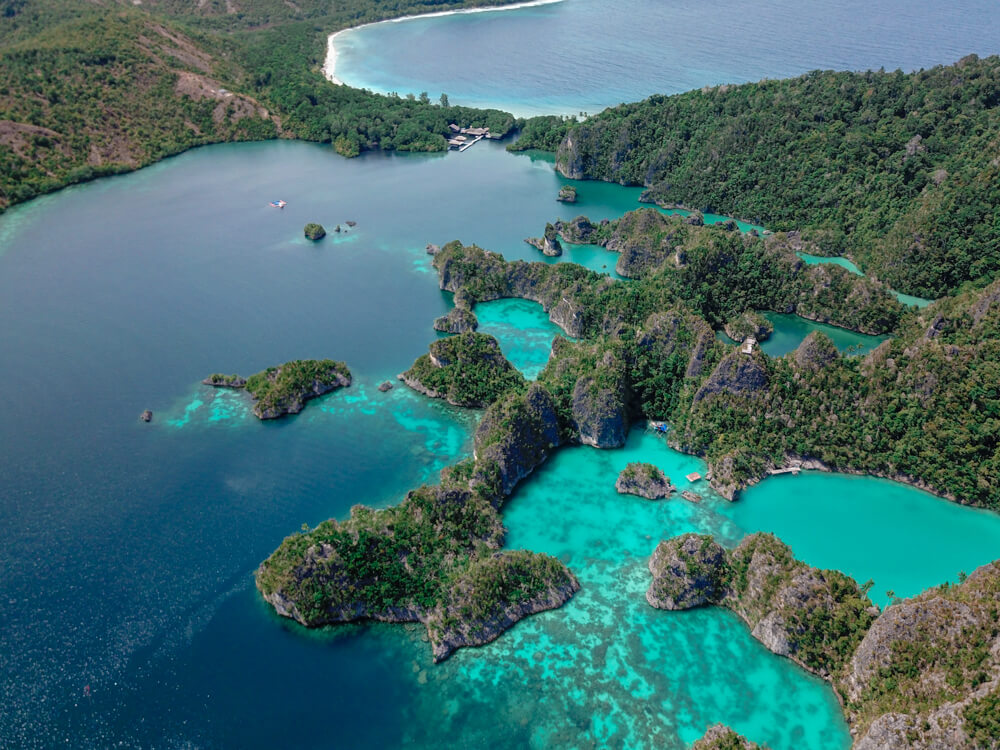
Waterfalls also tend to be a lot more powerful in the rainy season, so keep that in mind if you want to see the waterfalls on Siquijor with more water, for example.
There are also some activities that you can only do in the rainy season. Raja Ampat in West Papua, Indonesia is diveable in the monsoon season. Keep in mind you can have dry and wet seasons in different parts of SE Asia at the same time. Komodo has the opposite season from Raja Ampat. Sometimes it makes sense to base your decision around what you want to do.
Cons of Traveling in Southeast Asia during Rainy Season:
1. More Cancelations and Delays
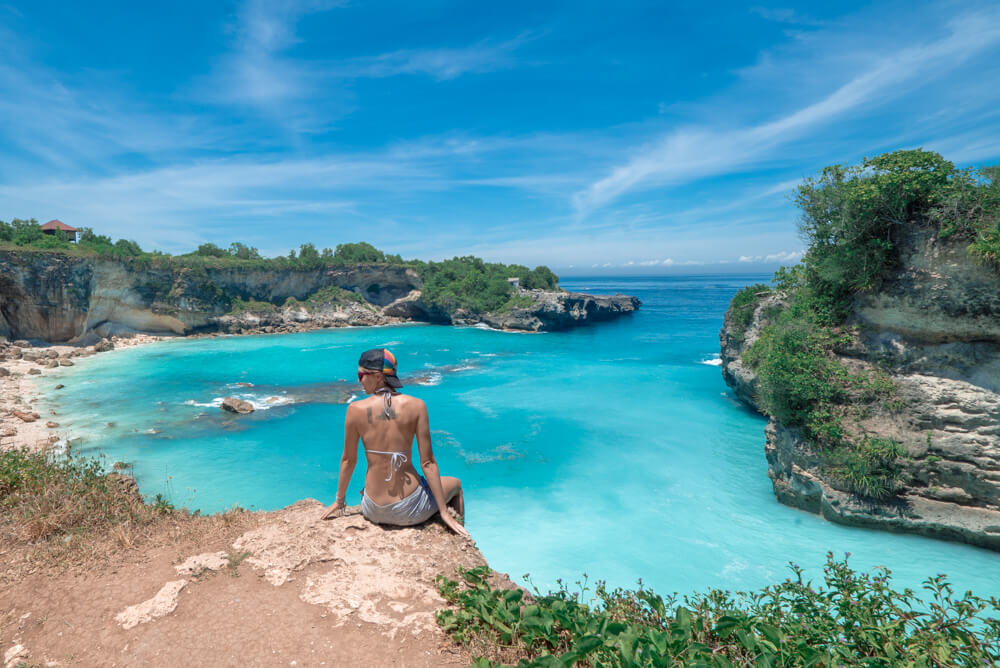
Rainy weather means sometimes things will get canceled due to storms. This has rarely happened to me even after so much time spent in Southeast Asia, but it is possible.
Then there will be some activities that are not possible to do during the rainy season, like hiking Rinjani on Lombok, which is only a dry season activity. If you’re an avid hiker, you might find things muddier and more difficult during the rainy season. This does not mean that it never rains during the dry season and that you can’t have the same conditions, it’s just more likely in the rainy season.
2. There Tend to be More Mosquitoes
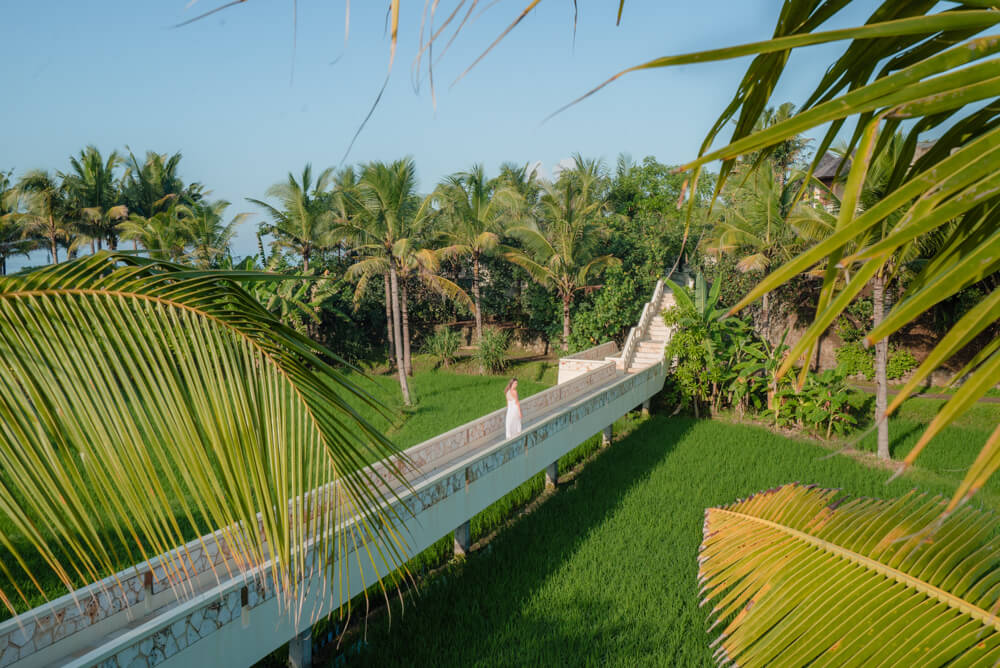
It’s sad but true – more standing water on the ground means more places for mosquitoes to breed. This is the one thing that makes traveling in the rainy season hard for me because I am a mosquito magnet. Like seriously, I am that person who others love to have around because I get all the bites.
Still, I wouldn’t, and don’t, let that stop me from traveling in Southeast Asia during the rainy season.
3. It Could Mean a Lot of Time Indoors
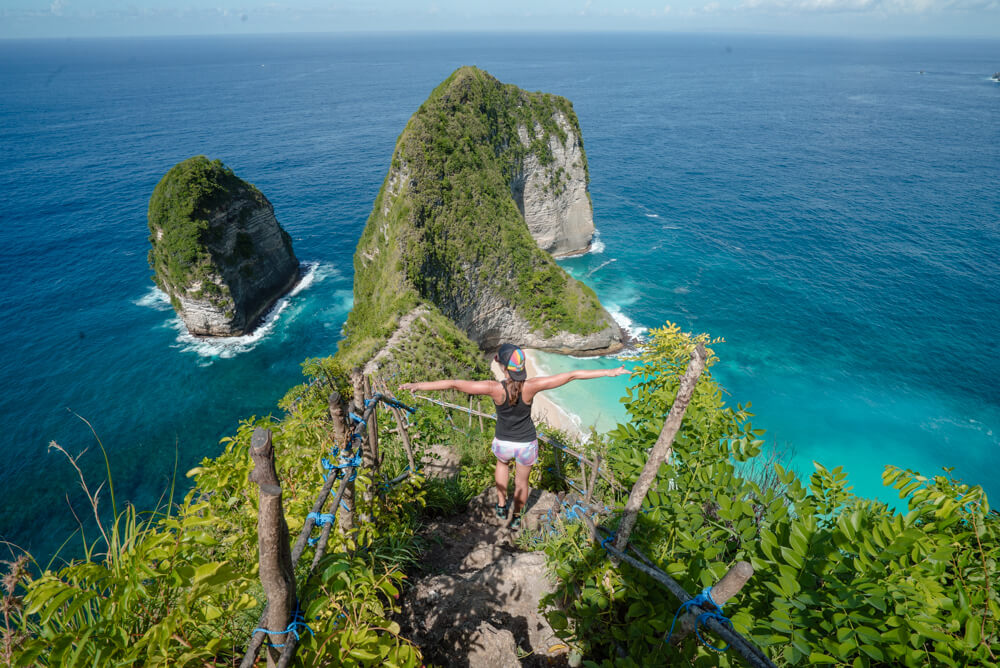
Not all destinations experience the rainy season equally. If you’re on Bali in December, for example, you might get rain every single day. Bali is seriously rainy. However thanks to local wind currents, things change if you simply cross over to the neighboring island, Lombok. Things will still be rainy but nowhere near as much, particularly in the south. In Thailand, I’ve walked through flooded streets at the end of rainy season in Chiang Mai, while down south it would have been drier. So just keep in mind that one place might not be so bad while another might seem hopeless. Having some fluidity with your plans can help you seek drier pastures. Moreover, since things are less crowded in the rainy season, it’s easy to move on if you wish.

All of that said, different parts of Southeast Asia experience the rainy season at different times. It’s the dry season in Indonesia and parts of Malaysia when it is the rainy season in the Philippines, Thailand, Cambodia, Laos, and Vietnam. I also learned the hard way that the tail end of the dry season in the Philippines is also jellyfish season, so just know that there rarely is a ‘perfect’ season to travel somewhere and there will always be pros and cons.
Through all of my years of traveling in Southeast Asia, I can’t definitively say that I prefer the dry to the rainy season. I love it when things are green and less crowded and I’m usually willing to put up with the minor inconvenience of rain to have it that way. So please don’t cancel your trip because you find out it’s the rainy season in Southeast Asia. It’s still a great time to be there!
Leave a Reply